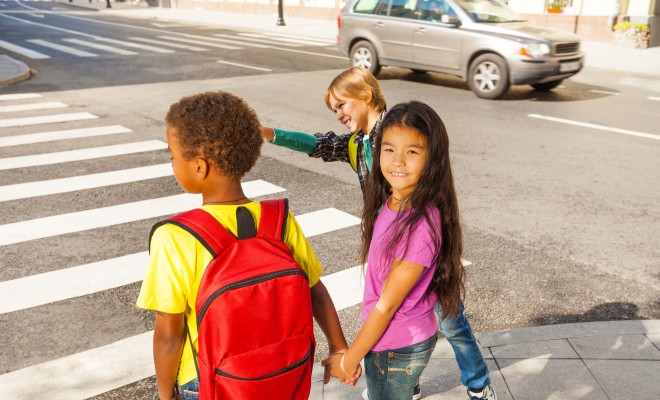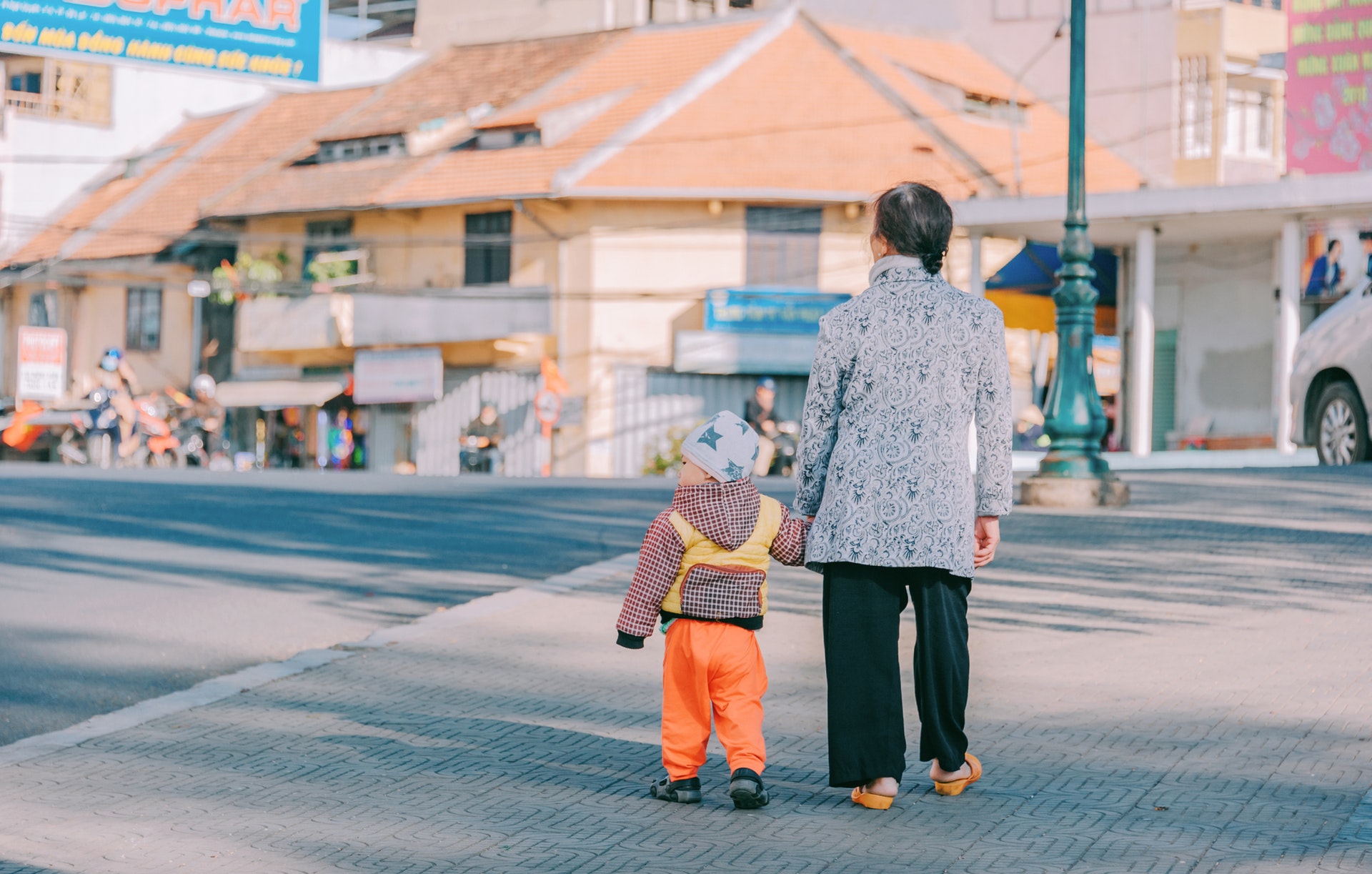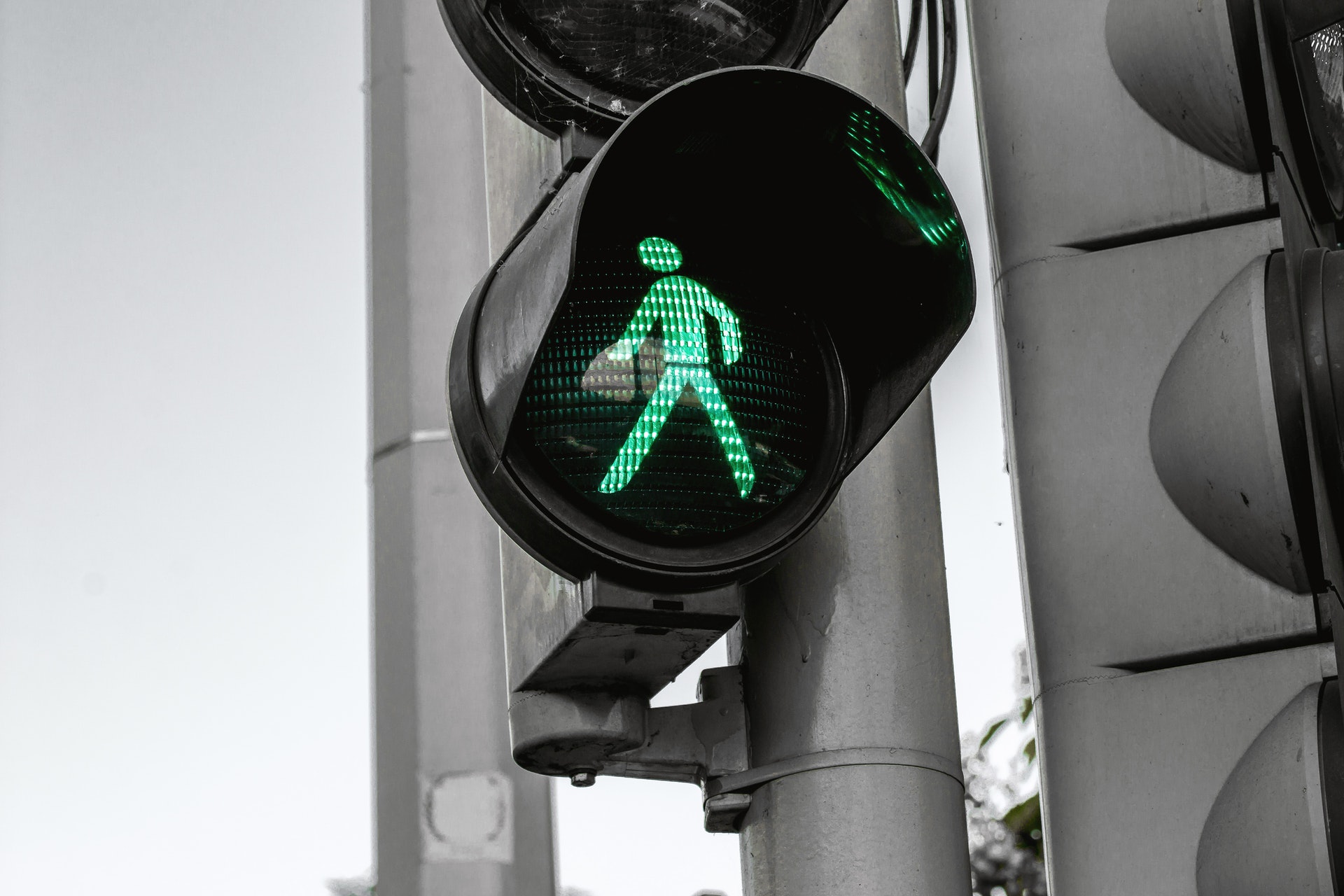
Childcare Environments
Teaching Road Safety for Children
Road collision is one of the main causes of premature death among children, so learning to be responsible road users should be an absolutely vital part of their education. It’s never too early to start; teaching key road safety messages and rules at preschool will help lay firm foundations that can be built on as they get older. In this article, we’ll explore how to approach this subject in an age-appropriate way.
The Importance of Learning About Road Safety
Five people die on roads every day in the UK, while another 60 are seriously injured. Traffic is the single biggest killer of 12 to 16-year-olds. Clearly it’s important to teach children about being safe on the roads, embedding good practice and positive habits from an early age and guiding their long-term behaviour as road users.
How to Approach Road Safety Teaching
In order to be really effective, road safety teaching needs to be done in an age-appropriate way. For preschool children, this means keeping messages simple and clear, finding fun ways of familiarising the children with these messages, and repeating them regularly. The tone should be positive but resolute; of course, there’s no need to alarm the children with descriptions of gory accidents, but they do need to understand that road safety is a serious matter.
Preschool children should be able to understand and engage with the following road safety messages:
- The importance of holding hands with an adult when near or crossing a road
- The difference between the footpath and the road
- Using the Green Cross Code: Stop, Look, Listen
- Being safe within a car (using seat belts, car seats etc)
- Being safe on a scooter (using helmets, controlling speed etc)
- Recognising key traffic signs and noises
Make Sure Your Environment is Safe
Safety begins at home, so look up your nursery’s health and safety policy, and check what’s already in place in terms of making your own outside space safe. Think about parking areas, footpaths, boundaries and the ways in which staff, parents and children approach the building. Consider whether any road safety improvements could be made, for example:
- Is there adequate lighting for when it’s dark?
- Would mirrors help with maneuvering cars more safely?
- Are footpaths marked clearly enough?
- Are gates and fences between roads, pavements and play areas kept in good condition?
Modelling Safe Behaviour
Young children copy adults when learning how to behave, so it’s very important that all of the members of nursery staff are good role models in terms of road safety. This is absolutely paramount when taking the children on outings (see section below), but should also be remembered in day-to-day life, particularly when arriving at and leaving the nursery, as children could also be arriving and leaving at the same time.

It’s also a good idea to get parents and carers on board with your road safety initiatives and make sure they know what you’re doing so that they can reinforce the messages with the children in their own time. You could put posters up in the nursery hallway, include details in newsletters, and even get everyone to sign up to some road safety rules.
Practicing Road Safety on Outings
Road safety should be one of your foremost considerations when planning trips out from the nursery. This is obviously important from a risk assessment point of view, but also because it’s a really good opportunity to practice some of the rules that you have been discussing with the children. You could even consider timetabling in a regular (weekly or monthly) outing – perhaps to the local park – where one of the main objectives of the trip is to practice road safety.
When carrying out your risk assessment, walk through the route and make a note of all the key places along the way that will require extra vigilance (including road crossings of all kinds, narrow pavements etc), and work out how you will approach these as safely as possible. If you have a group of children who aren’t used to going out on trips, perhaps have some practice sessions in the nursery first, with the children walking in twos, holding hands, dressed in visibility vests, listening and responding to your calls of ‘slow down’, ‘stop’ and ‘go’.
Road Safety Resources and Activities
There are plenty of resources available online, and ideas for road safety activities specifically aimed at the early years. Here are some useful links:
THINK!
This is the government’s designated road safety campaign, and you can find lots of preschool lessons plans and activities on its website: https://www.think.gov.uk/education-resources/explore-education-resources/?age%5B%5D=3-to-6
Brake
This road safety charity works with communities and organizations across the UK to reduce road deaths and injuries. See the Brake website for free early years resources, as well as information on how to run a ‘Beep Beep Day’ aimed at 2 to 7-year-olds: https://www.brake.org.uk/info-and-resources/resources/guide-to-teaching-road-safety#earlyyears




You must be logged in to post a comment Login